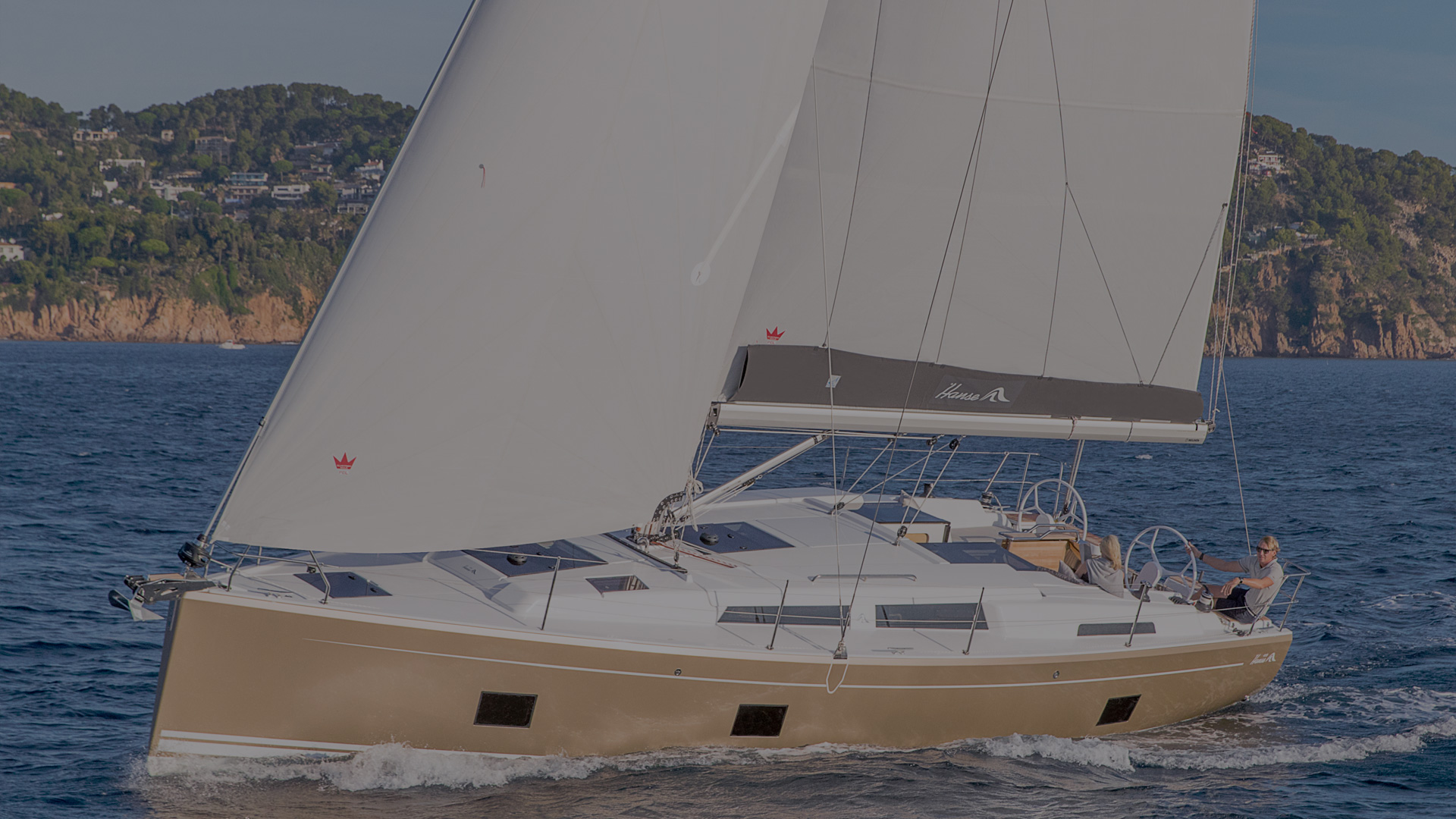




The term sailboat covers a wide variety of sailing craft, each with its own characteristics and styles. They come in all sizes from day-sailers and other boats less than 11 feet long to the dinghy, larger single-masted sailboats, two-masted boats called yawls, and large yachts.
Boats used for racing are specially designed for speed and maneuverability, while sailboats of all sizes that have onboard quarters for passengers and crew are sturdier in design with more details for comfort.
Most modern sails are made of Dacron, a polyester fiber. Sails fall into two major categories and then into many subclasses. The two major categories are square and triangular sails.
Sailboat Construction & Hull Design: Most sailboats have displacement hulls, allowing them to travel more smoothly through the water, and are usually made of fiberglass, metal, or wood.
While monohull sailboats are more traditional and far more common, there are many performance advantages to catamaran and trimaran sailboats, including faster speeds and more stability. A monohull relies on ballast for stability. Catamarans and trimarans gain stability from the distance between their multiple hulls.
Sailboat Power Options: Sailboats differ from other types of boats in that they are propelled partly or entirely by wind; they use sails to transform the power of the wind into power that moves the boat through the water.
Many sailboats also carry inboard or outboard diesel-powered motors in the event they are becalmed (motionless from lack of wind) or their sailors simply want a speedier return to port.